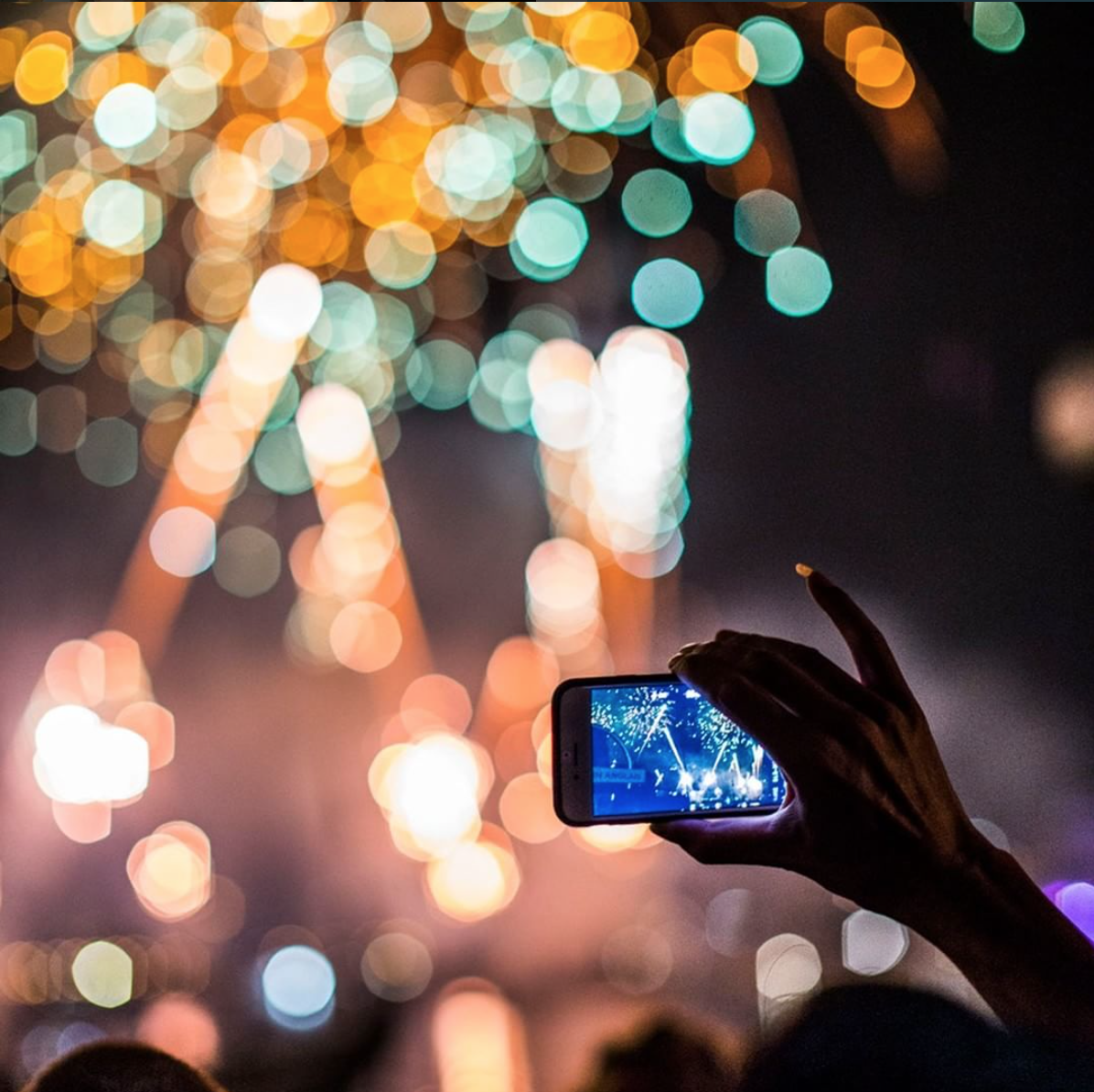
24 Jul 3 Things to Consider Before Your Next Experiential Marketing Campaign
When people think of experiential marketing, they think of the main event. You know, where your brand is connecting with your audience and your engagement levels are off the charts. The experience though? Starts long before, and continues long after your event.
Here are a few things that you need to make sure you have in place so your audience can get the most out of the experience:
1. Social Media
For increased engagement, organic growth, simply encouraging your audience to post an image with your brand in the background may not be enough. To go that extra level for social media, add a viral element to your campaign, and leverage the power of it in a smarter interactive way.
Some of our top tips include:
- Create a unique #hashtag (one that your brand can really own) that is specific to your event so that you can track all of the tagged posts on social media.
- Filters – did you know that Blink Republic can create custom photo filters that people can use to create on-brand content, not to mention the extra sharing power that comes with it?
- Facebook and Insta stories – People invited to an event online can upload videos to that events “story”. It’s another great way to get new content, tags, shares and likes rolling from audience sourced content.
2. Pre-event awareness
After all, it’s not really an event if no-one shows up, is it? Pre-event awareness is just as important as the event itself. It’s how you build suspense, excitement, and garner support among your target audience. Sending out an invitation isn’t quite enough – you really have to answer the main question from your audience…what’s in it for them?
Every experience should have an interactive element – whether that’s giveaways, fun content creation, physical activities or anything else that will build a connection with your audience. Whatever that element is, make it known. Use it to gain people’s attention, to build their interest, and show them it’s something they don’t want to miss.
Handing out free coffee? Catch your audience at the peak ‘craving’ time – aka Monday morning! – and entice them the idea of free caffeine. Setting up a cricket batting cage? Encourage dads to bring their sons down for an afternoon of sport and laughter.
It’s all about targeting the pain (or pleasure) point that your product is there to trigger, and offering a worthwhile solution to your audience.
3. After the event aka ‘the follow-up’
As the saying goes “it’s not over til it’s over”. Just because the last person has left, and the last product has flown off the shelf, it doesn’t mean the impact and awareness that your campaign has produced stops with it.
- Repurpose any content created – by you or your audience – to showcase just how interactive and entertaining the experience was.
- Create a case study with any positive feedback or reviews you received during the event – social proof is a huge instigator for new clients.
- Get people excited for the next one – showcase the stats and content you gathered from your experience to drive more interaction, whether for your next event, your next online sale, or your next in-store experience. It’s important to keep the momentum alive!
As you can see, there’s much more to experiential marketing than the experience itself.
It’s important to establish your goals, know your audience, and craft an experience – from beginning to end – that not only builds brand loyalty and a stronger consumer connection, but that works as a part of your marketing strategy as a whole to guide your business towards your bigger picture.





